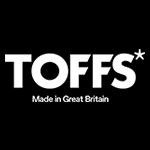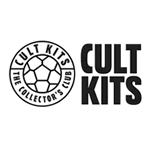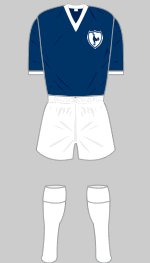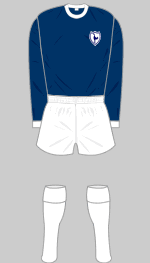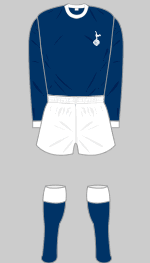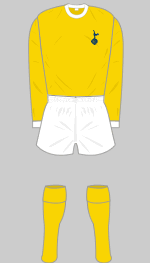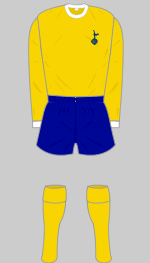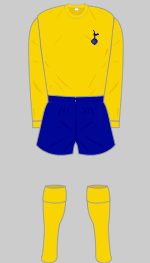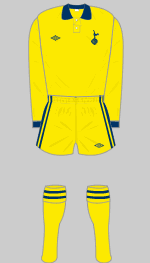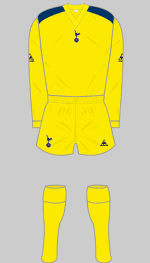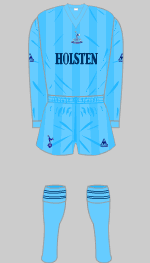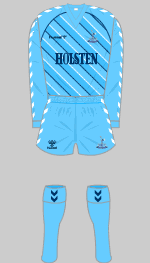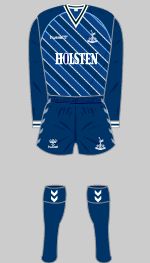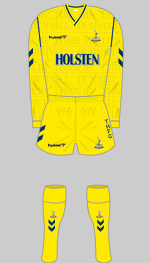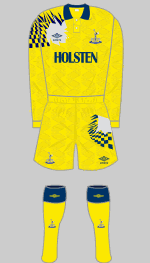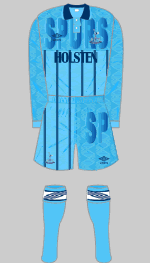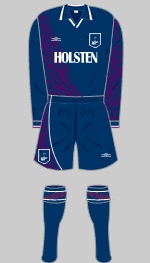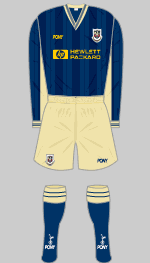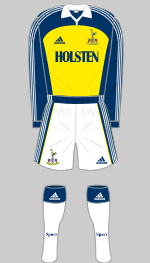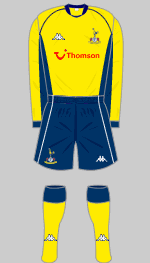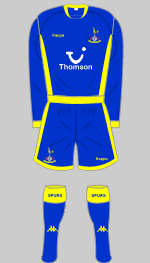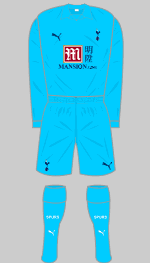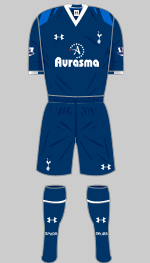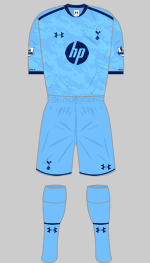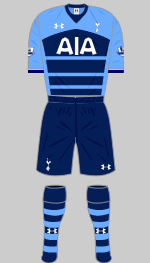Kit History

1890-1898

1895-1899
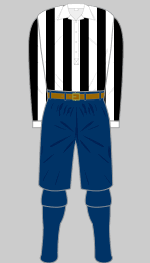
1899-1900
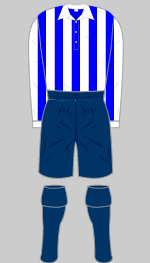
1900-1904
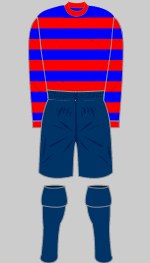
Jan 1901
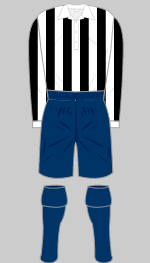
November 1902
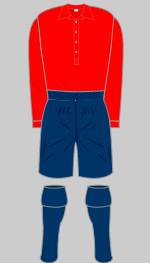
1904-1905
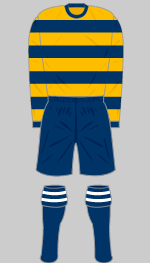
May 1905
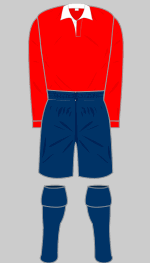
1905-1907

February 1906
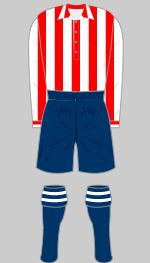
Sept-Dec 1908
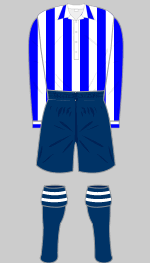
Jan 1909-1911
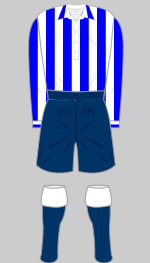
1911-1912
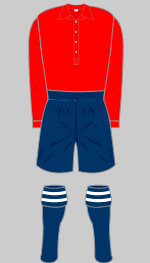
1912-1914
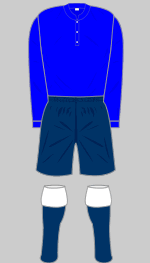
1914-1919
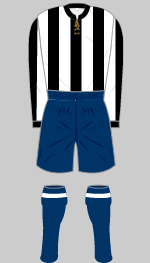
Nov 19-Jan 21
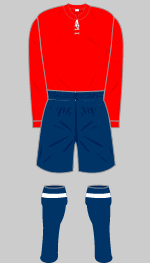
Nov 20-Sept 21
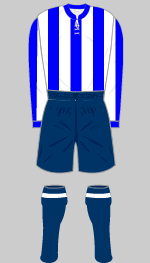
Sept 21-1922

1922-1923
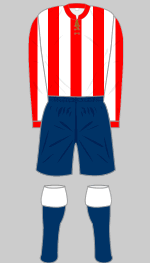
1923-1924
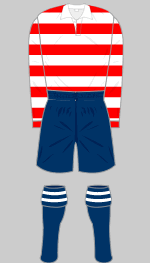
1924-1927
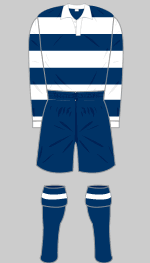
1927-1928
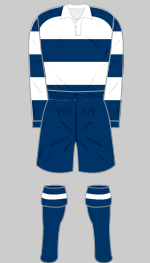
1928-1930
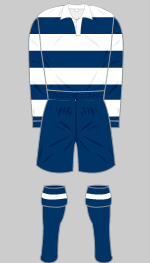
1930-Dec 33 1

1931-Dec 33 2
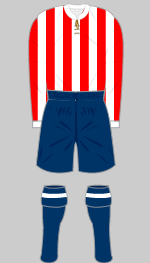
10 Jan 1931
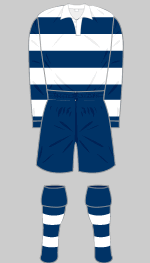
Dec 1933-1934 1
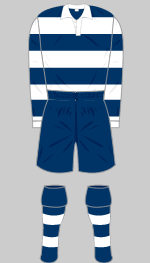
Dec 1933-1934 2

28 Jan 1933
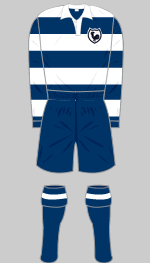
1934-1936
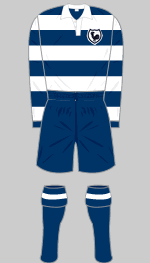
1936-1947
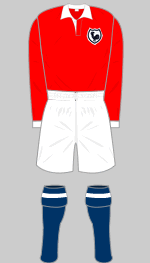
1937
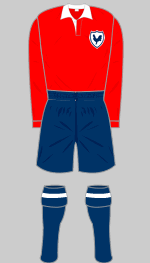
Nov 46-1948
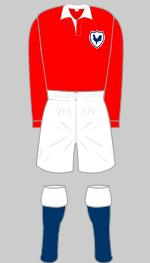
Aug-Nov 1949
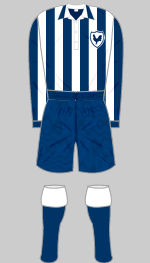
1952-1953 FA Cup
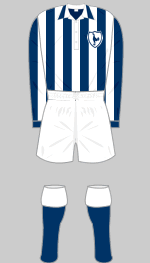
1953-1956
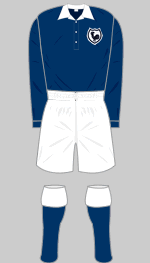
September 1956
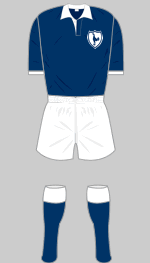
Feb 1957-1959
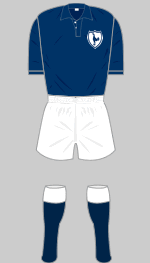
1959-1960
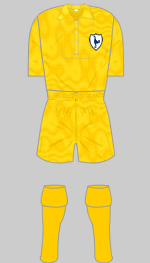
1958-1960 3rd

1962-1963
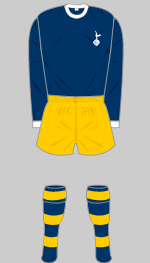
29 Nov 1967 ECWC
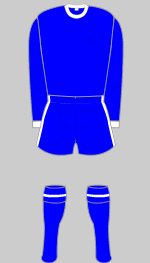
19 Feb 1977
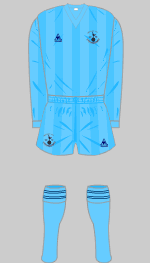
1982-1983 A
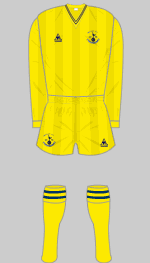
1982-1983 3rd
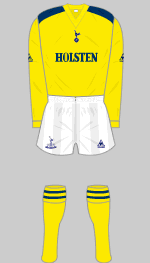
1984 EUR

1983-1985 EUR A

2000-2001 A

2001-2002 A
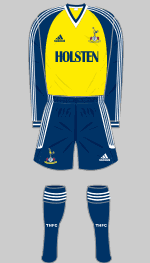
2001-2002 WCF
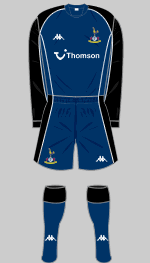
2002-2003 A
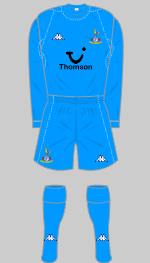
2003-2004 A

2003-2004 3rd
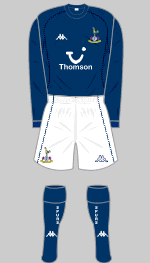
2004-2005 A
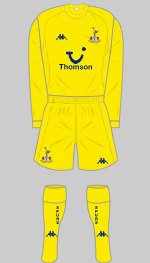
2004-2005 3rd
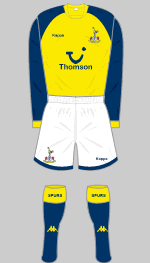
2005-2006 3rd

2006-2007 A
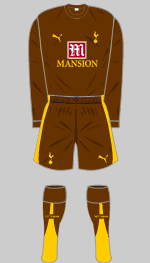
2006-2007 3rd
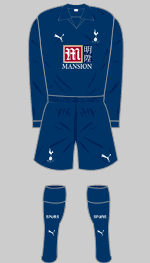
2007-2008 A
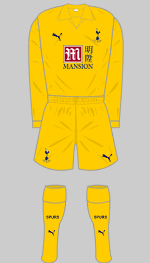
2007-2008 3rd
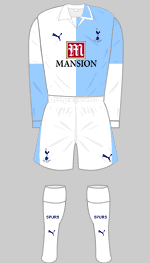
2007-2008 Special
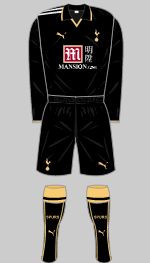
2008-2009 3rd
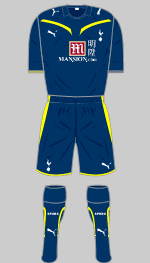
2009-2010 A
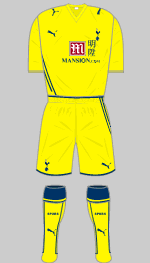
2009-2010 3rd
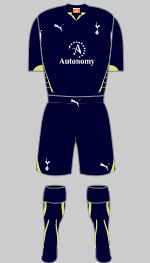
2010-2011 3rd

2011-2012 A
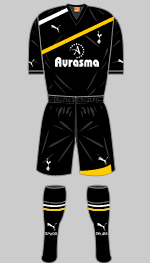
2011-2012 3rd
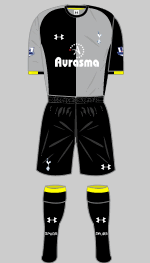
2012-2013 3rd
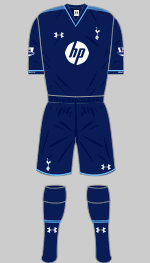
2013-2014 3rd

2014-2015 A
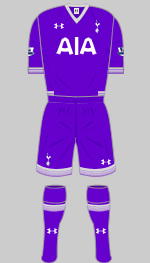
2015-2016 3rd

2016-2017 A

2016-2017 3rd

2017-2018 A
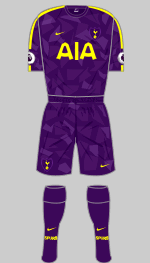
2017-2018 3rd
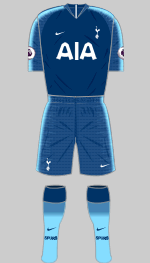
2018-2019 A

2018-2019 3rd
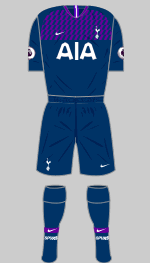
2019-2020 A

2019-2020 3rd
Background

Since 1898 Spurs have worn white shirts and navy shorts as first choice but Richard Essen discovered in April 2020 that white shirts were introduced in 1890 as an alternative to the red shirts that were first choice at the time. Chocolate and gold stripes were adopted as an alternative in 1895-96 and these would become their first choice colours the following season. The plain white shirts were also worn in some games.
During the Edwardian period various striped shirts as well as red jerseys appeared. On several occasions alternative shirts were borrowed for FA Cup matches as well as one or two League games. This pattern continued until 1928 when broad navy and white hoops were generaly used.
After the Second World War, Spurs' wore red shirts with their usual navy blue shorts and stockings when a change was needed (occasionally white shorts appeared).
Navy shirts with white knickers were adopted on 3 December 1949 followed by striped shirts a few years later between 1953 and 1956.
An all-amber strip in shiny rayon was used three times in floodlit matches in the London Challenge Cup (October 1958). Tony Sealey, Andy Porter and John Matthews have discovered that a similar strip was worn in the Football League three times in 1960 but this was made from conventional cotton.
Tony Sealey has provided these notes from the first Spurs programme of the 1969-70 season: Supporters who travelled to Leeds on Saturday must have been surprised to see the team turn out in yellow shirts with a blue cockerel emblem. As Leeds wear white we were forced to change. Our change strip in recent years has been navy blue shirts, but this colour has now been banned by the League as it clashes with the referee's outfit.
Yellow and navy became Spurs' established alternative colours and when Admiral designed their new kits in 1977, they took up the theme with a unique shirt with navy blue epaulettes. Over the next few year Spurs established themselves as real innovators in kit design. Le Coq Sportif introduced the first shadow-striped kits for the team in 1982, featured both on the home kit and the new powder-blue away kit.
In 1985 Spurs signed up with Danish manufacturers, Hummel, who continued the trend for innovation with a striking all-white home kit paired up with a light blue away kit featuring white and navy diagonal pinstripes. Their navy third kit was even more innovative, adding diagonal purple stripes trimmed in light blue and white.
Umbro took over in 1991 with two striking designs. The yellow change kit featured an abstract chequered design in navy with grey patches while their light blue third kit sported "SPURS" woven into the fabric. These were followed by an all-navy change kit with purple splashes in 1994. After Umbro, Pony took over with some striking kits: purple with navy stripes (1995-96) and then navy and "ecru" in 1997.
In 1999 Spurs once again changed manufacturer, signing a contract with Adidas that lasted three seasons. Their designs incorporated three tradional pallettes, yellow and navy, navy and white and pale blue and navy. They were replaced by Kappa in 2002 who introduced some striking designs over the next four seasons, including an all-mauve outfit (2003-04) and a blue and yellow kit (2005-2006) that broke with tradition.
Yet another change of kit partner came in 2006 when Puma took over the franchise. Their understated but striking designs have an all-chocolate kit with gold trim that was inspired by Spurs' colours worn in 1896 when they joined the Southern League. Puma also designed the club's 125th anniversary kit (worn once only) which was based on Spurs' 1884 colours, originally adopted as a tribute to the great Blackburn Rovers team.
In 2012 Spurs commissioned Under Armour as their kit supplier. Their first away kit in all-navy bore more than a passing resemblance to the original Hotspur FC kit but on the reverse it featured a unique diagonally striped panel in two shades of blue.
Sources
- A = Away (change) kit
- 3rd = Third choice kit
- EUR = European home kit
- WCF = Worthington Cup Final
Information on kits 1901-1966 provided by Andy Porter, official historian to Tottenham Hotspur with aditional research by Tony Sealey.
